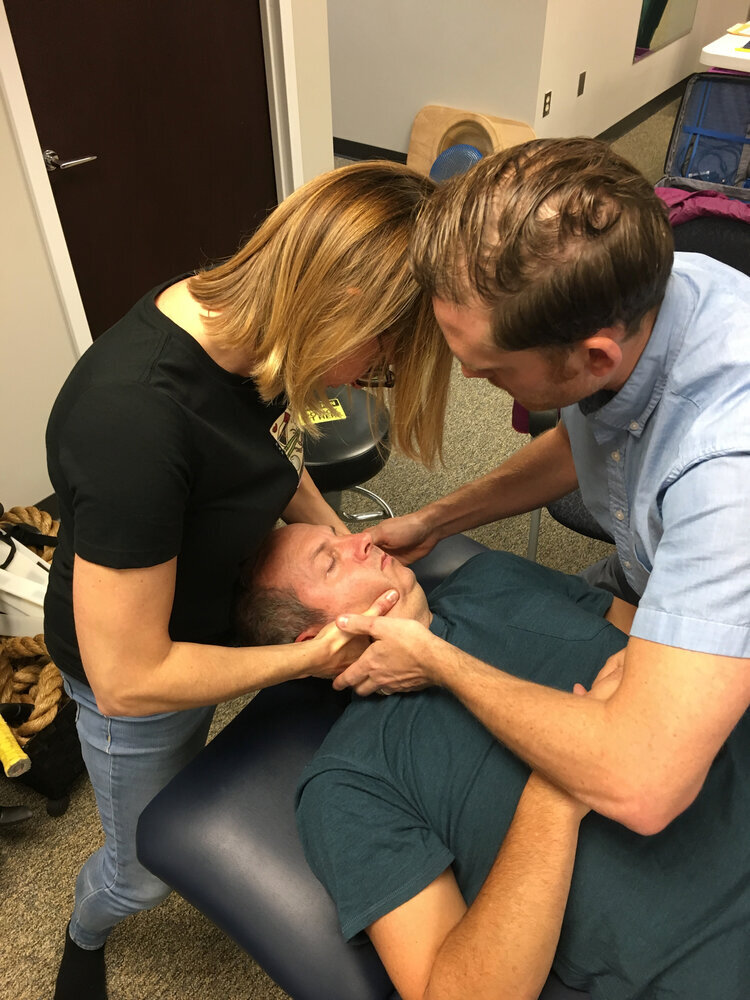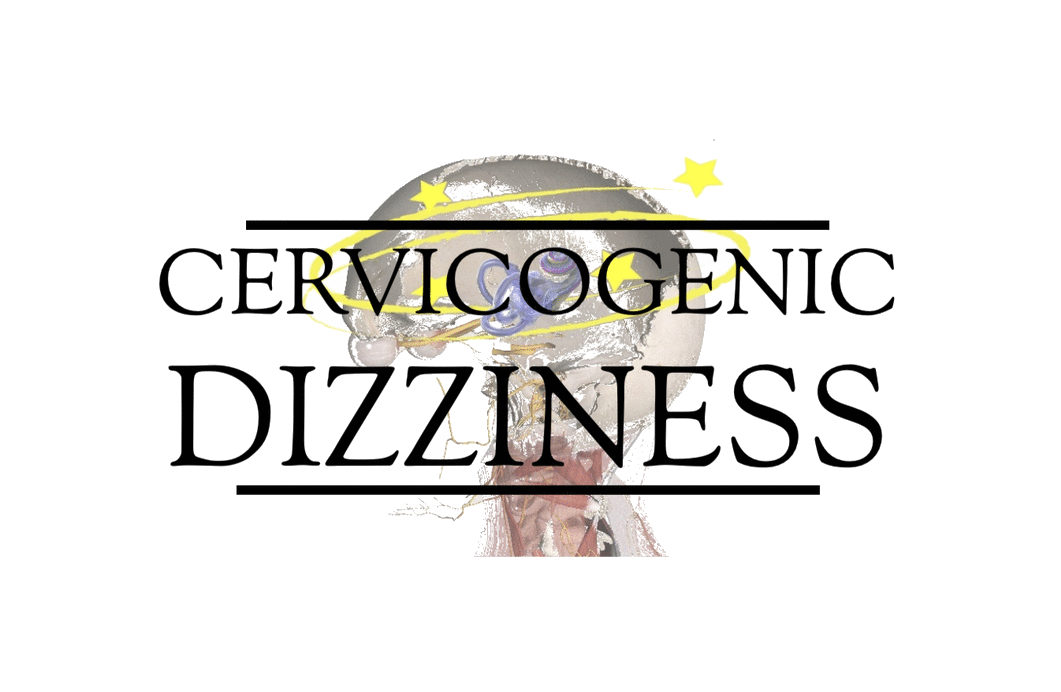Can Craniosacral Osteopathy help Dizziness?
As consistent authors, teachers and clinicians that diagnose and manage dizziness disorders, especially from the cervical spine, we always research the newest information out there to help persons with these conditions.
I found a recent journal article out of Turkey by Atay et al examining the effect of craniosacral osteopathy on dizziness and balance in individuals who have peripheral vestibular pathology.
The participants who were diagnosed with chronic vertigo were divided into two groups:
Cranial osteopathy treatment group
Impairments of cranial, cervical, thoracocervical, and facial dysfunctions were determined by and treated with muscle energy (postisometric relaxation), fascial stretching against tension, and craniosacral treatment methods.
Prescribed dosage: Total of 6 sessions (once/week for 60 minutes)
2. Dimenhydrinate
This medicine is an antihistamine over the counter drug intended to treat motion sickness, dizziness, vertigo and nausea.
Prescribed dosage taken twice/day over 6 weeks
The visual analog scale, BERG balance test and Activities-Specific Balance Confidence scale were used to define success of the treatment(s) and to analyze within-group changes.
HERE ARE THE AUTHOR'S CONCLUSION OF COMPARING THE TWO GROUPS:
Craniosacral osteopathy resulted in greater improvements in terms of dizziness and balance compared to medical treatment in individuals with chronic peripheral vestibular pathology.
Craniosacral osteopathy is an effective treatment choice in individuals who have chronic peripheral vestibular pathology.
In individuals who have resistant and chronic vestibular pathology, craniosacral osteopathy should be evaluated among the treatment choices.
OUR IMPRESSION OF THE STUDY
We would say generally speaking, this study is good news! It adds to the plethora of work that shows somatic treatment of the cervical spine and facial structures can assist in improving symptoms of dizziness and vertigo.

This is the basis behind the larger diagnosis of Cervicogenic Dizziness, even though this term was not specifically used in the study. This study would go nicely inside our e-book, "Why the Vestibular Therapist should learn Cervical Manual Therapy" - which is a nice and brief overview of the connections between the somatosensory, visual and vestibular systems.
Even though Osteopathic medicine has been around since 1874, there hasn't been a great deal of actual research studies demonstrating its effects for dizziness and vertigo. Majority of our data that we teach comes from the chiropractic and physical therapy professions, but this doesn't mean that its absence in the literature means its not effective.
Overall, this isn't a strong study by any means. Both groups combined to n=24 and comparison of a "mechanical" treatment against a "chemical" treatment (Dimenhydrinate) isn't mighty to determine if craniosacral osteopathy is superior to vestibular therapy or any other type of manual therapy.
However, if you're a physician who is reading this, it is nice to consider your go-to medications aren't working well, then a manual-based or even vestibular-based practitioner could give your patients superior relief and quality of life.
If you're a vestibular therapist reading this, I would again consider learning techniques to the cervical spine and/or skull & face in an organized manner to provide more strategies in improving pain and function. We provide this data from over 300 references in the literature and our own clinical experience through our Physio Blend to ultimately give you the best of the best to treat individuals with dizziness and/vertigo from a manual standpoint.
Cervicogenic Dizziness Course
You can learn more about the screening and treatment process of Cervicogenic Dizzinesss through Integrative Clinical Concepts, where the authors (husband–a manual therapist a wife—a vestibular specialist), teach a very unique course combining both the theory and practice of vestibular and manual principles in their 2-day course. Pertinent to this blog post, the 2nd day includes the “Physio Blend”, a multi-faceted physiotherapist approach to the management of Cervicogenic Dizziness, which includes treatments of the articular and non-articular system of manual therapy and the most updated sensorimotor exercise regimen.
If you would like to host a course for your staff (either a vestibular, neuro, sports or ortho clinic), please do not hesitate to contact me at harrisonvaughanpt@gmail.com for more information.
AUTHORS
Harrison N. Vaughan, PT, DPT, OCS, Dip. Osteopracic, FAAOMPT
Instructor: Cervicogenic Dizziness for Integrative Clinical Concepts
Danielle N. Vaughan, PT, DPT, Vestibular Specialist
Instructor: Cervicogenic Dizziness for Integrative Clinical Concepts


